<--- Back to Details
| First Page | Document Content | |
|---|---|---|
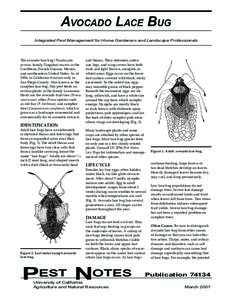 Date: 2007-03-27 17:14:27Biological pest control Pest control Agricultural pest insects Thrips Tingidae Avocado Insecticidal soap Integrated pest management Persea Agriculture Phyla Protostome |
Add to Reading List |
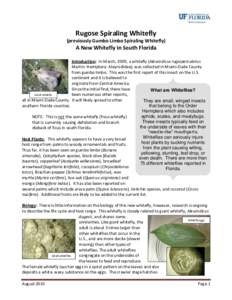 | The Fig Whitefly – A New Pest in South FloridaDocID: 1riwC - View Document |
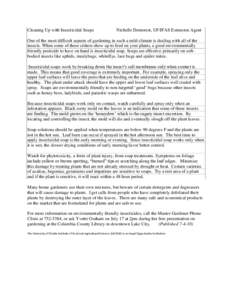 | Cleaning Up with Insecticidal Soaps Nichelle Demorest, UF/IFAS Extension Agent One of the most difficult aspects of gardening in such a mild climate is dealing with all of the insects. When some of these critters show uDocID: 1ra0u - View Document |
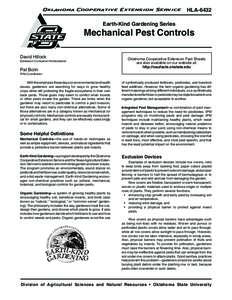 | Oklahoma Cooperative Extension Service HLA-6432 Earth-Kind Gardening SeriesDocID: 1r6Lm - View Document |
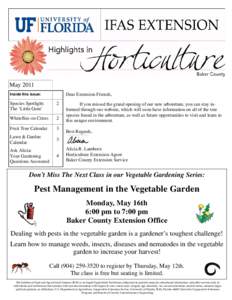 | May 2011 Dear Extension Friends, Inside this issue: Species Spotlight:DocID: 1qS8H - View Document |
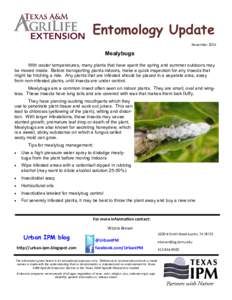 | Entomology Update November 2015 Mealybugs With cooler temperatures, many plants that have spent the spring and summer outdoors may be moved inside. Before transporting plants indoors, make a quick inspection for any inseDocID: 1qRcO - View Document |
 AVOCADO LACE BUG Integrated Pest Management for Home Gardeners and Landscape Professionals The avocado lace bug (Pseudacysta perseae, family Tingidae) occurs in the Caribbean, French Guyana, Mexico,
AVOCADO LACE BUG Integrated Pest Management for Home Gardeners and Landscape Professionals The avocado lace bug (Pseudacysta perseae, family Tingidae) occurs in the Caribbean, French Guyana, Mexico,